The Upper Atmosphere Is Cooling, Prompting New Climate Concerns
Yale E360
MAY 18, 2023
A new study reaffirming that global climate change is human-made also found the upper atmosphere is cooling dramatically because of rising CO2 levels. Scientists are worried about the effect this cooling could have on orbiting satellites, the ozone layer, and Earth’s weather. Read more on E360 →


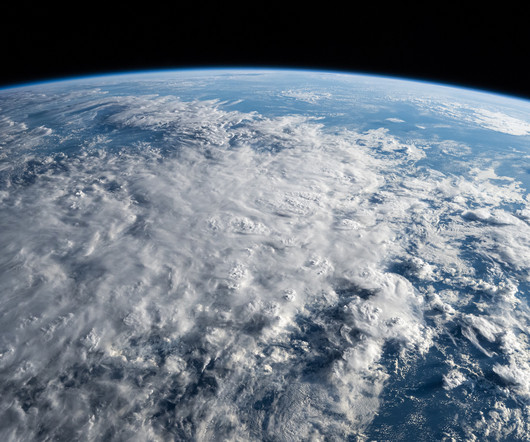
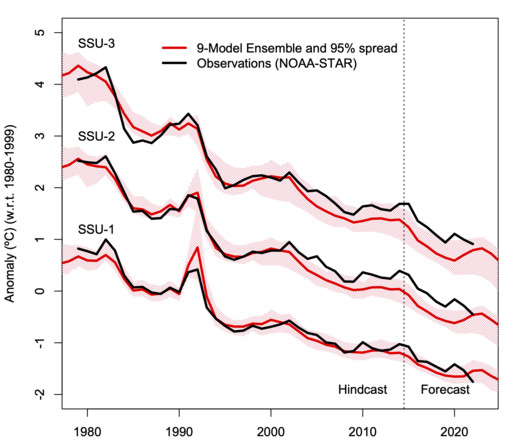

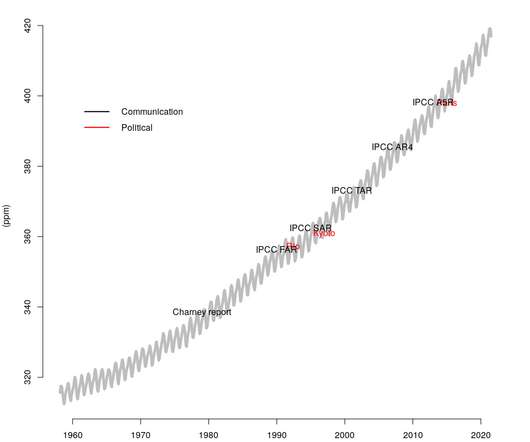


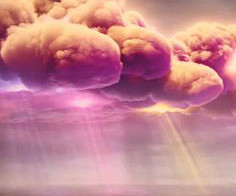
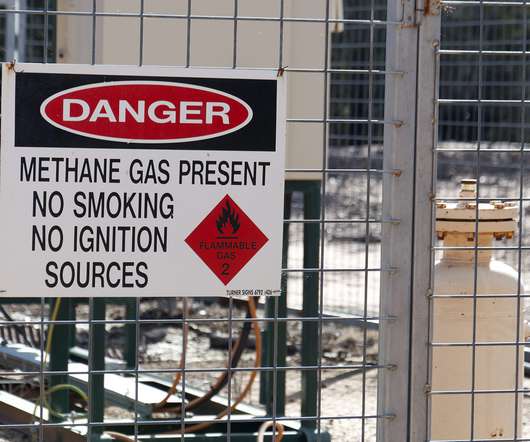
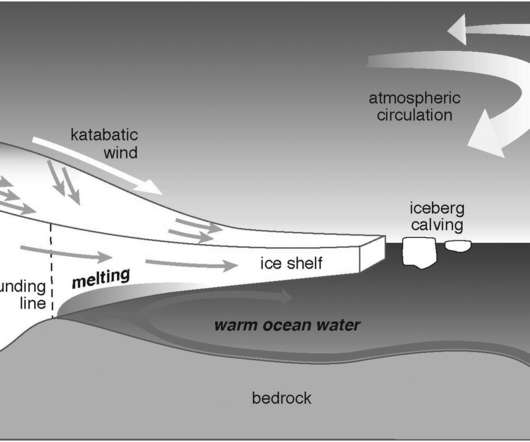








Let's personalize your content